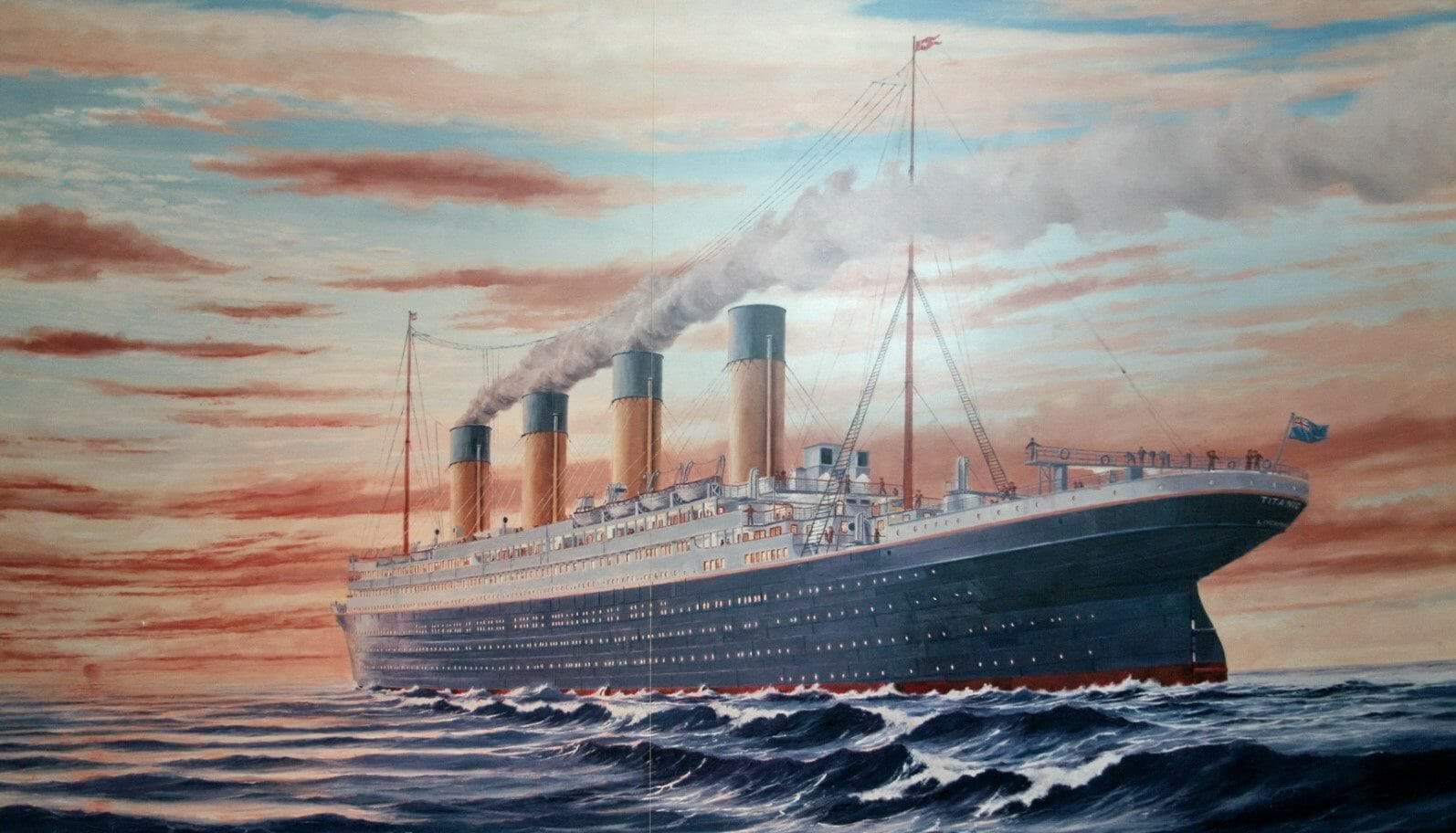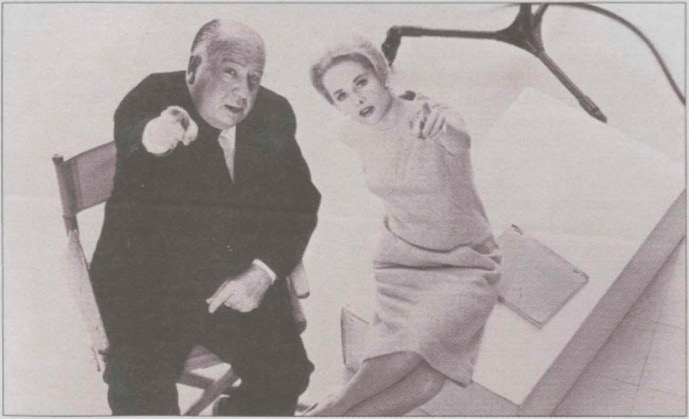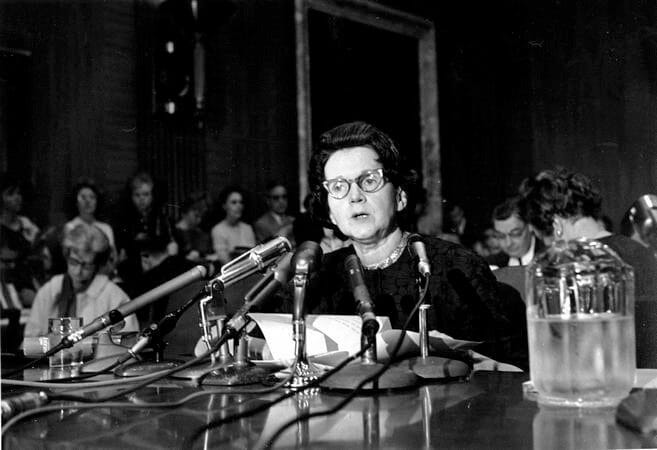│by Chloe Villalon, Gale Ambassador at the National University of Ireland Galway│
Often students such as myself have a broad idea of the topic they’re interested in, but they’re not sure which angle to take. In these cases it might be helpful to talk to a friend, professor or peer who may provide interesting insight or suggestions. Gale Primary Sources is also a great platform to find both ideas and articles – you can turn to it when you’re still looking for a topic or when you have a defined notion of what you’re looking for and want to dig deeper. In this blog post I will show you how you can use different tools to go from having a vague topic, to developing an angle, to writing a narrative or argument.






